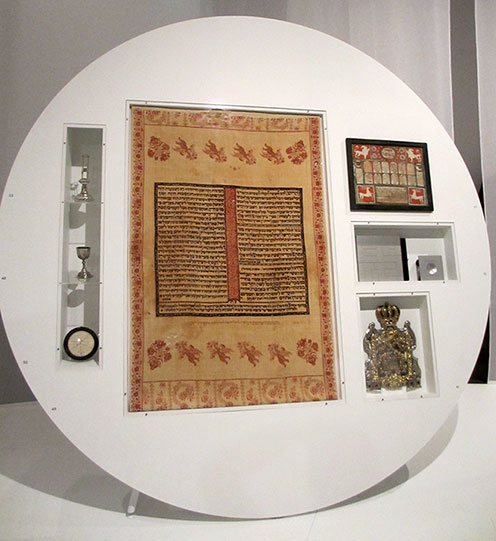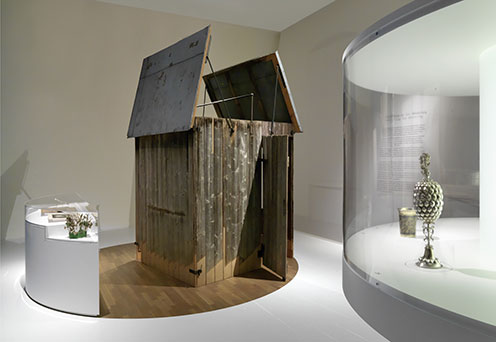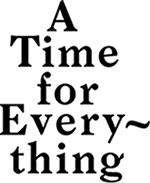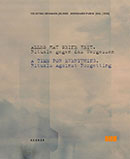Exhibition Overview
An exhibition by the Jewish Museum Munich
in cooperation with the Jewish Museum Berlin
The exhibition focuses on strategies against forgetting from a Jewish perspective, on Jewish rituals of transition and remembrance. It shows the origin of these rituals, how they are practiced, and what they mean. In addition to the cyclical religious rituals of remembrance, strategies against historical forgetting are shown.

- Showcase with objects on "Remembering creation",
photo taken in the Jewish Museum Munich
© Jewish Museum Berlin, photo: Klaus Teuschler
Birth, childhood, school, maturity, independence, marriage, old age, and death mark painful or joyful phases in each of our lives. Like other cultures, Judaism has also developed strategies of helping us through these transitions. In the exhibition, some sixty objects from public and private collections stand for the universal nature of these rites of passage that at the same time are of unique importance to each individual. They encompass, among others, three slate tablets from the Middle Ages, which were recently excavated in the Archaeological Zone (the site of the planned Jewish Museum Cologne), and are on public display for the first time.
- Michael Wiehen (local excavation director, Archaeological Zone, Cologne) on three exhibits from the Middle Ages
The community also conducts rituals recalling events that shaped history. These include annual holidays and several-day festivals such as Pesah that commemorates the exodus of the Israelites from Egypt, Hanukkah, the Festival of Lights (remembering the victory), and Sukkot, the Feast of Booths (commemorating the pilgrimage). All three last several days and remember important passages in Jewish history or the year cycle.

- A sukkah (booth) from Baisingen and other objects from the exhibition
© Jewish Museum Berlin, photo: Roman März
Collective secular rituals include those that strengthen national identity and the loyal bond to the "fatherland." Contemporary remembrance rituals also reflect the Nazi era and the Shoah. The American artist Quintan Ana Wikswo based an artistic project on the remains of the so-called 'Sonderbau' (special block) in Dachau – the concentration camp brothel – and created literary and photographic commemorative works of art. Even today, this group of victims – sexually exploited women in concentration camps – is still omitted from public commemorative rituals.

- View of the exhibition, showing the display of
"Sonderbauten: The Special Block"
installations by Quintan Ana Wikswo
© Jewish Museum Berlin, photo: Roman März
Wikswo's pictures focus on those Jewish stories of suffering that have been neither told nor documented. A selection of these haunting, large-format photographs presents a challenging contrast to the 'innocent' objects and rituals against forgetting.
"A Time for Everything. Rituals Against Forgetting" was curated by Felicitas Heimann-Jelinek and designed by exhibition architect Martin Kohlbauer. The exhibition was first created and shown in the Jewish Museum Munich, from 27 February to 1 September 2013.
- Cilly Kugelmann, program director of the Jewish Museum Berlin
about the question: "What is special about this exhibition?"
For further information on the exhibition, please also read "A Time for Everything. Rituals Against Forgetting" by Felicitas Heimann-Jelinek (PDF, 120 KB) in the JMB Journal, no. 9, which will be published in conjunction with the exhibition.
Audio Guide to the Exhibition
Accompanying the exhibition there is an audio guide in German and English, with contributions by
- Inka Bertz (Head of collections/Curator of art, Jewish Museum Berlin),
- Bill Gross (Lender),
- Felicitas Heimann-Jelinek (Exhibition curator),
- Cilly Kugelmann (Program director, Jewish Museum Berlin),
- Bernhard Purin (Director, Jewish Museum Munich),
- Michael Wiehen (Local excavation director, Archaeological Zone, Cologne),
- Quintan Ana Wikswo (Artist)
The audio guide to the exhibition is available free of charge.














